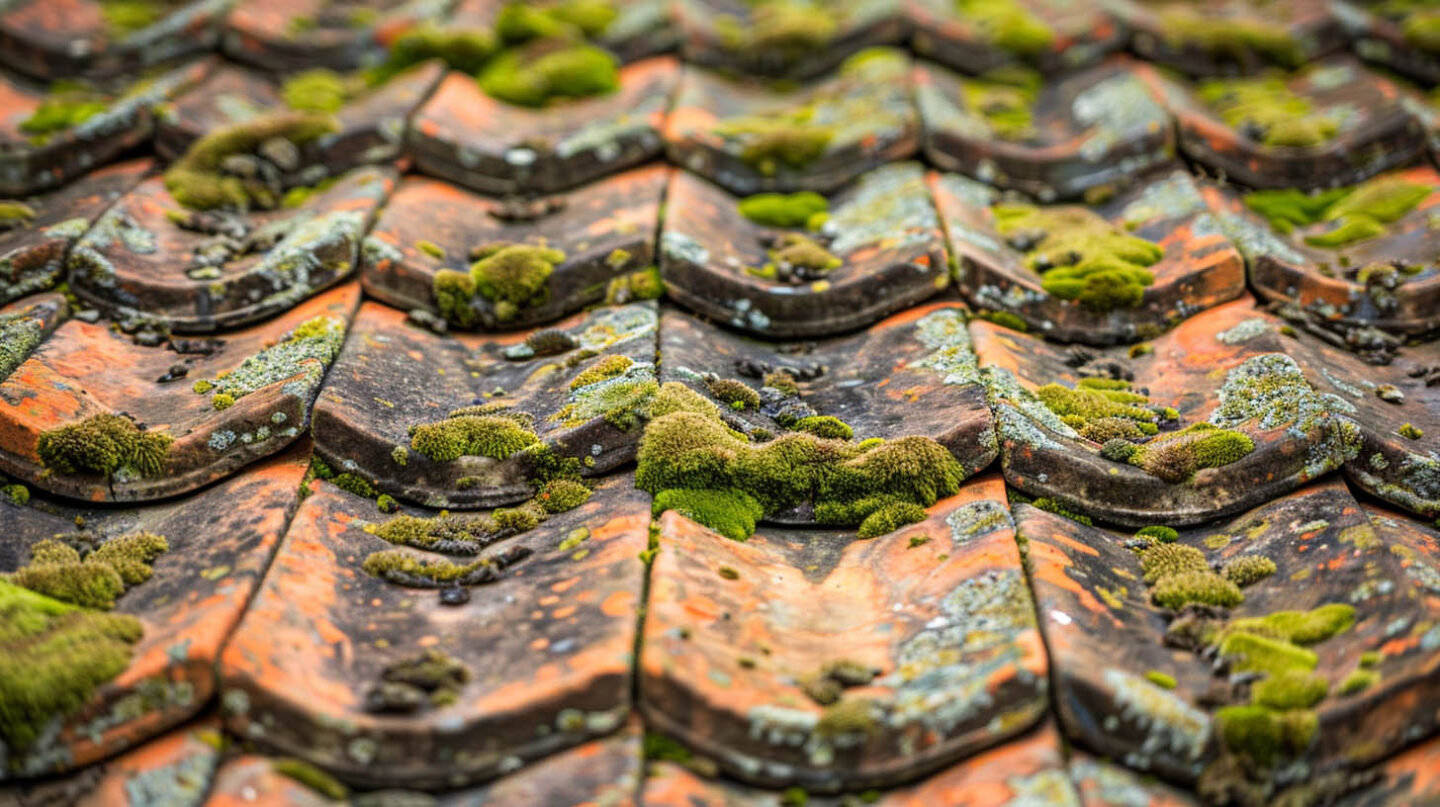Have you ever noticed unsightly black streaks staining your roof? This common issue, especially prevalent here in Durham, NC, isn’t dirt—it’s algae growth. Those streaks can detract from your home’s beauty and, over time, even damage your shingles. Fortunately, The Shingle Master, offers innovative roofing solutions designed to combat this problem head-on in Durham, NC. We believe in “Protecting What Matters,” and that includes the appearance and longevity of your roof. Our expertise in algae-resistant shingles and the use of metallic strips ensures that your roof remains in top condition. Let’s explore how these advanced materials work to keep your roof looking its best.
Understanding Algae Growth on Roof Shingles
Algae growth on roofing surfaces, particularly asphalt shingles, poses significant challenges for homeowners. This phenomenon often arises in humid climates where moisture retention and organic debris, like tree branches or leaf litter, create a conducive environment for algae spores to thrive. The unsightly black streaks not only diminish a home’s curb appeal but also contribute to long-term structural damage. Understanding these growth factors is essential for implementing effective roof maintenance strategies and ensuring the longevity of roofing materials amidst environmental influences.
What Causes Algae to Form on Asphalt Shingles
Damp conditions often create the perfect environment for algae spores to flourish on asphalt shingles. High humidity and moisture retention, combined with organic debris such as leaves or tree branches, stimulate growth. Additionally, specific roofing materials with copper granules can inadvertently attract algae in some instances, as they provide a substrate that retains moisture. Over time, the accumulation of algae leads to black streaks, undermining the roof’s appearance and potentially affecting its lifespan. Maintaining proper precautions against these factors ensures the longevity of your roofing investment.
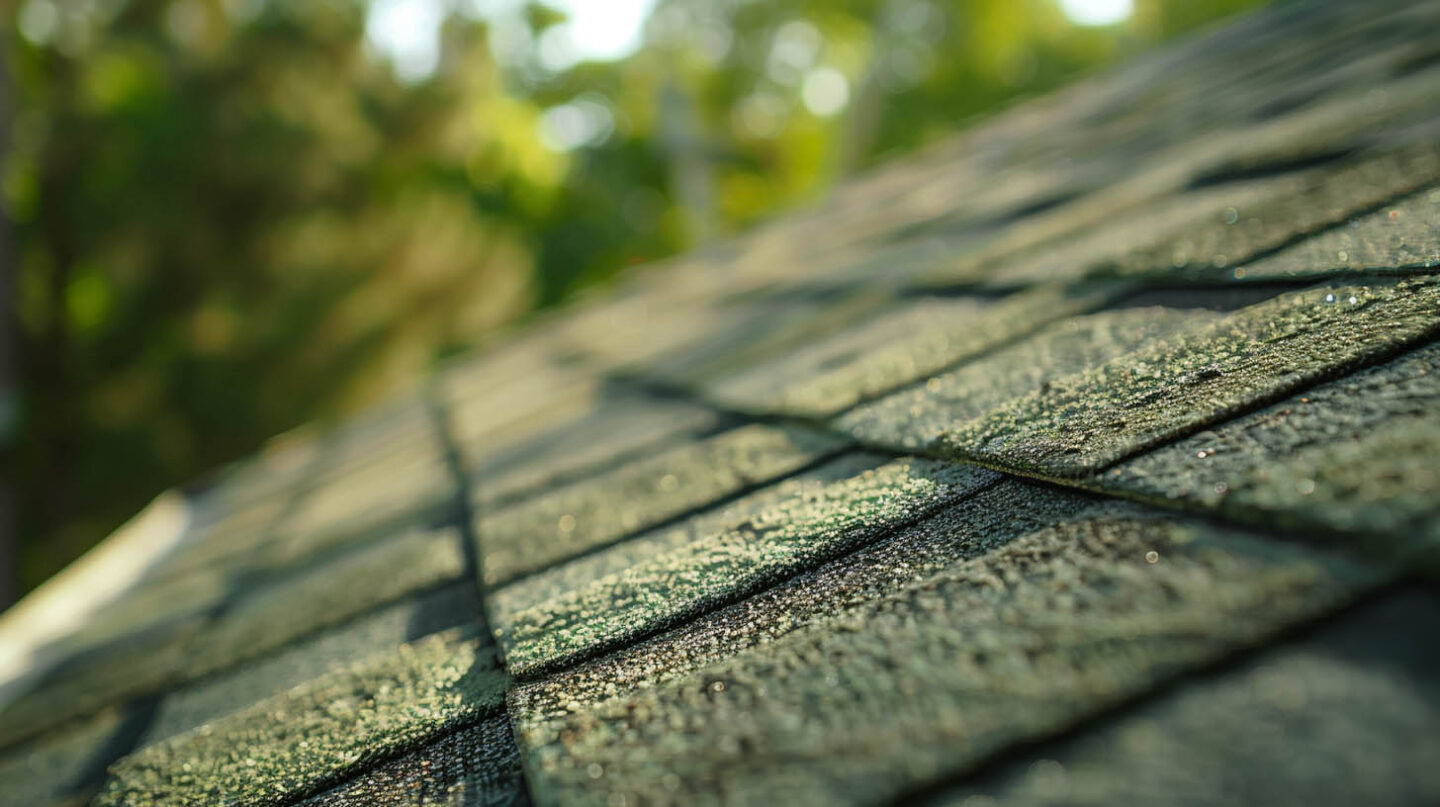
Impact of Algae on Roof Appearance and Longevity
Algae growth significantly detracts from a roof’s appearance, often leading to unsightly black streaks that diminish a home’s curb appeal. These aesthetic issues can signal deeper structural problems, as algae can retain moisture, promoting further moss growth and potential shingle damage over time. Additionally, untreated growth can shorten the lifespan of asphalt shingles, increasing the likelihood of costly repairs or a new roof. Homeowners should therefore prioritize algae prevention to maintain both visual appeal and the structural integrity of their roofing materials.
The Science Behind Copper & Zinc Strips
Copper and zinc strips provide an innovative solution for combating algae growth on roof surfaces. As rainwater washes over these metals, copper and zinc ions are released, effectively inhibiting the growth of algae spores and moss. This proactive approach not only prevents unsightly black streaks but also contributes to prolonging the roof’s lifespan by minimizing structural damage associated with moisture retention. By implementing these roofing strips, homeowners gain peace of mind, ensuring their roof remains visually appealing and functional in humid climates.
How Copper Strips Inhibit Algae and Moss Growth
The application of copper strips along the ridge of the roof provides an innovative solution for inhibiting algae and moss growth. When rainwater interacts with copper, it releases copper ions that have potent antibacterial and antifungal properties. These ions prevent the establishment of algae spores and moss on the roofing materials, ensuring a cleaner appearance over time. This method not only enhances the home’s curb appeal but also prolongs the roof’s lifespan by mitigating structural damage caused by persistent moisture retention.
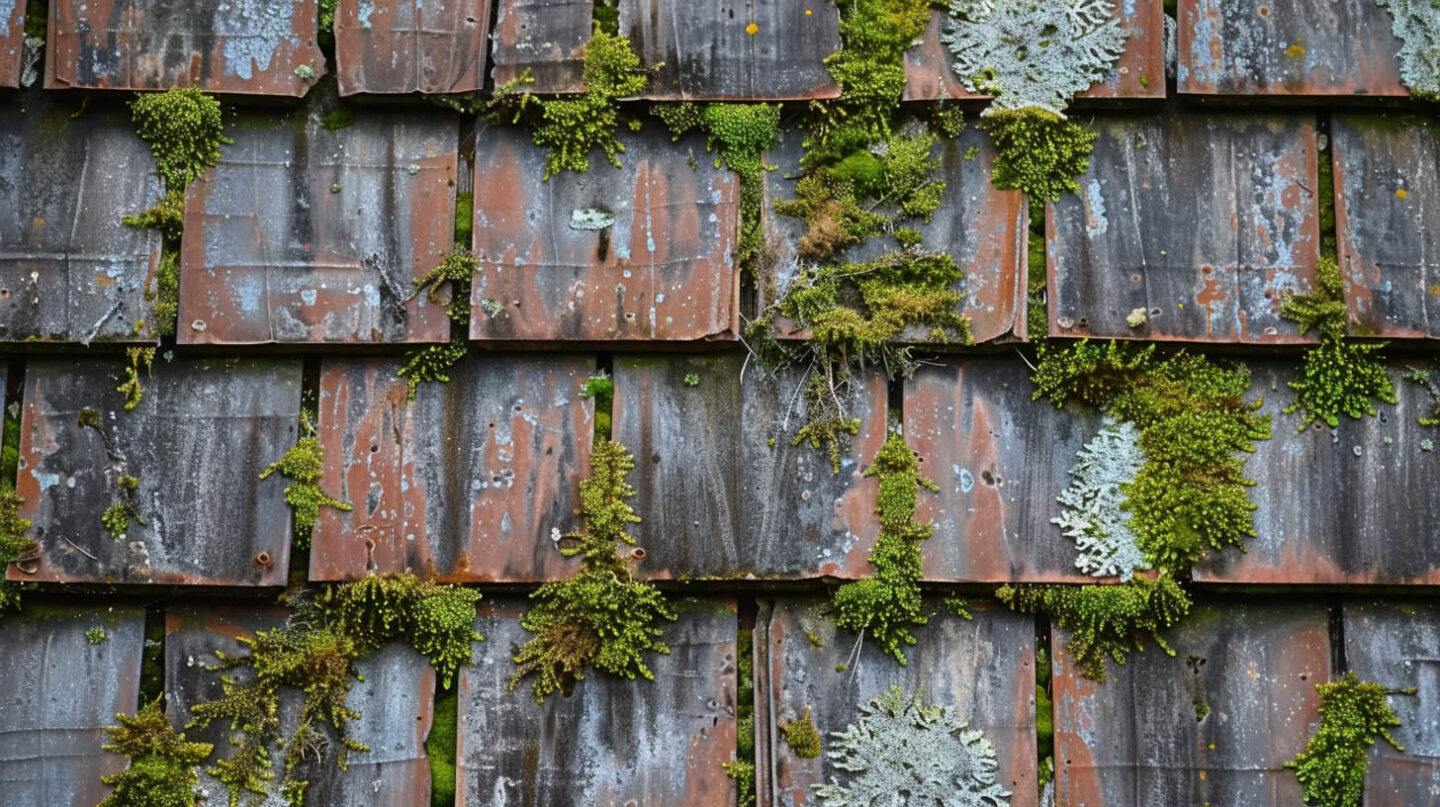
Role of Zinc Strips in Preventing Roof Stains
Zinc strips play a pivotal role in maintaining the aesthetic appeal of roofing materials by inhibiting the adhesion of algae and moss. When rainwater washes over these strips, zinc ions are released, creating an environment that is hostile to algae spores. This innovative solution not only prevents unsightly black streaks but also extends the roof’s lifespan by minimizing moisture retention, which can lead to structural damage. Homeowners enjoy peace of mind knowing their roofs remain visually appealing and protected against the detrimental effects of algae growth.
Comparing Copper vs. Zinc for Algae Resistance
When deciding between copper and zinc, it’s important to know that both are effective at preventing algae growth. However, they have key differences in performance, longevity, and cost that might make one a better fit for your home and budget. Shingle manufacturers often use granules of both metals in their algae-resistant products.
Understanding these distinctions can help you make an informed choice. We’ll look at how copper and zinc stack up in terms of their effectiveness, durability, and a few other factors to consider before you make a decision for your new roof.
Differences in Effectiveness and Longevity
Copper and zinc strips offer distinct advantages in the battle against algae and moss growth on asphalt shingles. Copper strips release ions that prevent the establishment of algae spores, leading to a longer lifespan for roofing materials. Conversely, zinc strips work effectively but may require more frequent replacement due to their slower release of ions. In contrast, under high humidity, copper’s efficacy remains remarkably stable, making it a preferred choice for maintaining a roof’s appearance and structural integrity over time.
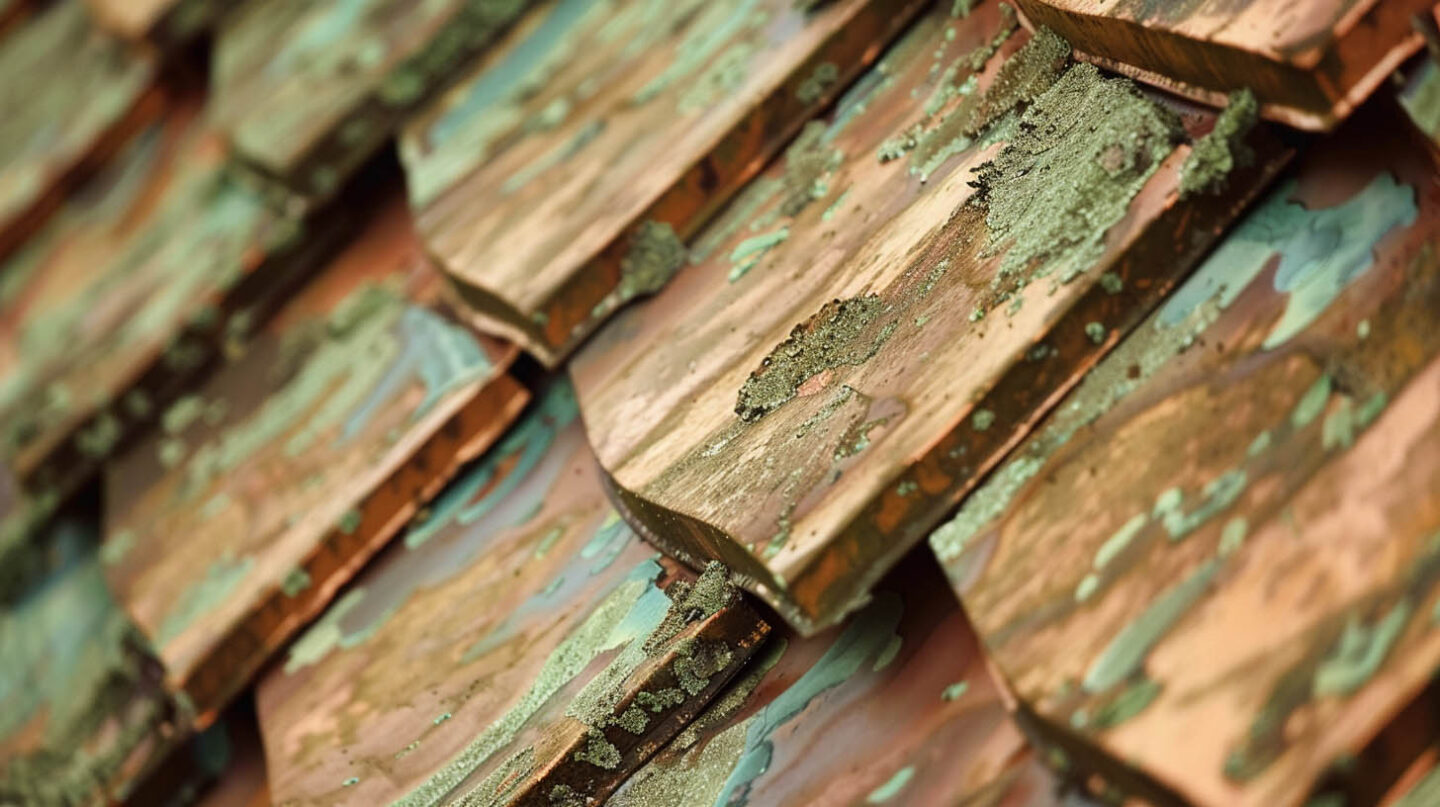
Environmental Factors Influencing Performance
Several environmental factors significantly influence the performance of algae-resistant shingles. High humidity and frequent rainy seasons create conditions ripe for algae spores and moss growth, particularly in shaded areas near tree branches. Additionally, the roof slope affects moisture retention, impacting how effectively copper and zinc strips can inhibit growth. Understanding these influences helps homeowners take proper precautions in roof maintenance, ensuring both the aesthetic appeal and structural integrity of their roofing materials over time.
Algae-Resistant Shingles – Features & Benefits
While adding metallic strips is a great option, an even more seamless solution is available: algae-resistant shingles. Many leading shingle manufacturers, including our trusted partner GAF, now incorporate algae-fighting technology directly into their products. This is an ideal choice when you’re installing a new roof.
These advanced shingles offer built-in protection from day one, eliminating the need for separate roofing strips. They provide a clean, uniform look while actively defending against the algae that cause black streaks. Let’s look at what makes these types of roofing materials different and the lasting value they provide.
How They’re Made and What Makes Them Different
Algae-resistant shingles are engineered with a blend of advanced materials, combining asphalt with embedded copper and zinc granules. This innovative solution sets them apart from traditional shingles by proactively combating algae spores and other harmful growths. The metallic ions released from the granules create a hostile environment for the growth of moss and mold, enhancing both the longevity and functionality of the roofing material. This unique construction not only boosts the roof’s appearance but also protects homeowners from future maintenance issues and structural damage.
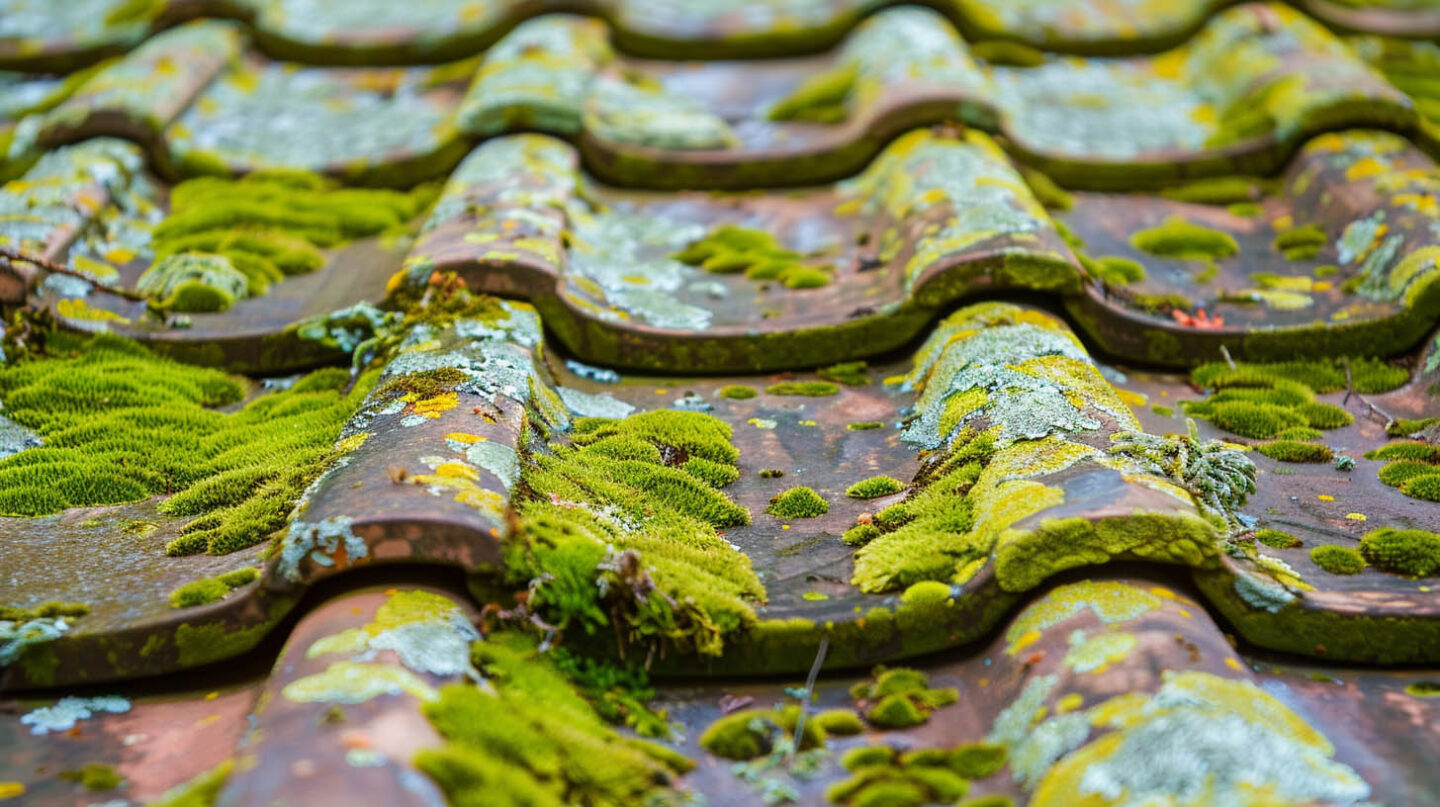
Long-Term Protection and Value for Homeowners
Investing in algae-resistant shingles featuring copper and zinc strips not only enhances a home’s curb appeal but also delivers significant long-term value. These innovative solutions effectively combat moisture retention and inhibit the growth of harmful algae spores and moss, extending the lifespan of roofing materials. Homeowners benefit from reduced maintenance costs associated with shingle damage and structural issues, ultimately providing peace of mind. The initial higher upfront cost is offset by the decreased likelihood of costly repairs over the years.
Trust the Experts
Implementing algae-resistant shingles with copper and zinc strips presents an innovative solution to common roofing challenges. By harnessing the natural properties of these metals, homeowners can significantly enhance their roof’s lifespan and curb appeal while minimizing the need for harmful chemical treatments. With proper precautions and installation, these roofing materials not only prevent algae growth but also protect against moisture retention and structural damage. As a GAF Master Elite Contractor, BBB A+, Haag Certified Inspector, and NC Licensed General Contractor, we ensure that these advanced shingles offer peace of mind and long-term performance for your home, making us Raleigh’s Best Roofing Contractor.
Frequently Asked Questions
What makes shingles algae resistant?
Shingles become algae resistant through the inclusion of copper or zinc. This can be in the form of copper strips or zinc strips added to the roof or, more commonly, copper or zinc granules embedded directly into the shingle surface during manufacturing. These metals prevent algae and moss from growing.
How to prevent algae on roof shingles?
The most effective way to prevent algae is by installing algae-resistant shingles or adding copper strips or zinc strips to your roof. Regular roof maintenance, like keeping it clear of debris, also helps. These methods are far superior to recurring chemical treatments, especially in humid climates where algae thrive.
Read our blog: Synthetic vs Felt Underlayment in Humid Climates

